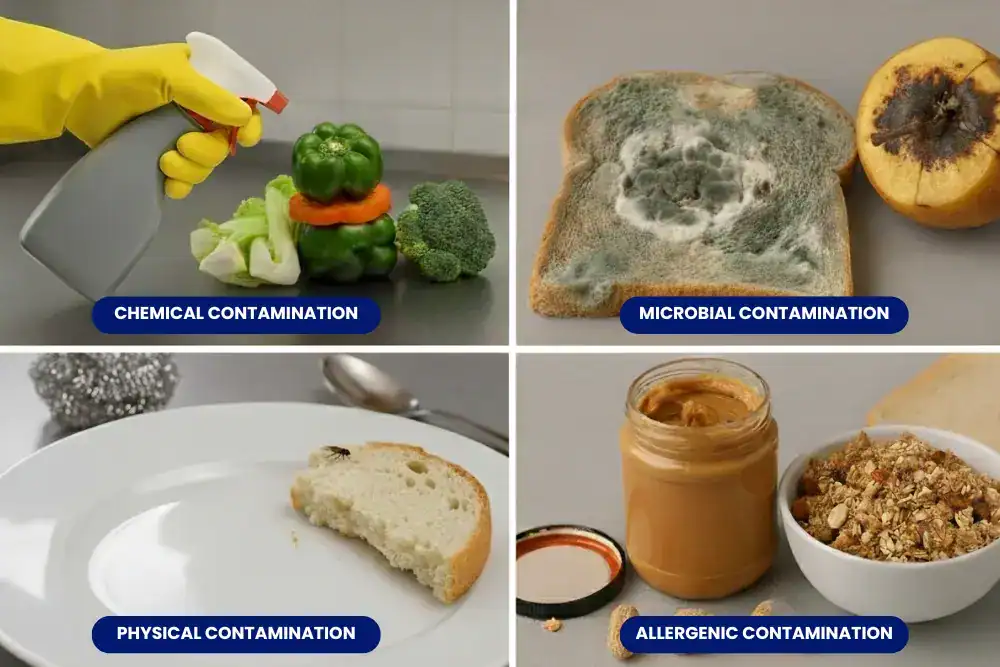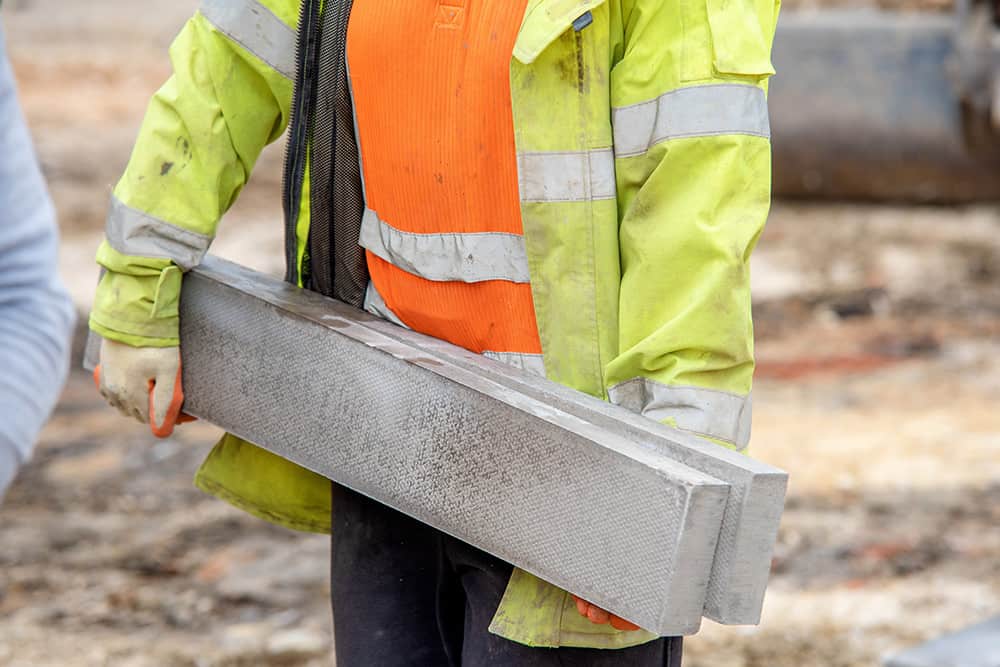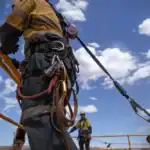
If you work with children of any age, you have a legal duty to protect their well-being.
This responsibility is backed by a long list of safeguarding children legislation that sets out what organisations and individuals must do to keep children safe.
While every law is needed, they’re probably not all relevant to your day-to-day role.
Some only apply in specialist settings or to specific services. If you’re early in your career, the good news is that you only have to be familiar with the most important laws and guidance.
This blog highlights the three key acts that underpin safeguarding in the UK.
If you work in a school or college, we also explain the statutory guidance that applies directly to you. Along the way, we’ll look at the principles behind the law to help you understand what it means in practice.
Safeguarding Children Legislation: Key Takeaways
- There are three main pieces of safeguarding children legislation that set out how children must be protected and who is responsible.
- The Children Acts of 1989 and 2004 apply to all children and introduced the principles of putting the child first and working together to keep them safe.
- The Children and Social Work Act 2017 focuses on looked-after children and care leavers, who are often more vulnerable and need long-term support.
- If you work in a school, you must follow the statutory guidance Keeping Children Safe in Education and understand how to respond to concerns.
- Safeguarding is everyone’s responsibility — no matter your role, you need to act early, listen carefully and always put the child’s welfare first.
The Children Act 1989
Safeguarding seems like a long-standing responsibility, but the legal framework behind it is surprisingly recent.
The Children Act 1989 was the first law to clearly set out how children in England and Wales should be protected.
Throughout the 1980s, concerns grew over the way authorities were handling child abuse and neglect cases. There was little cooperation between parties around the child, and poorly defined safeguarding responsibilities.
The Children Act 1989 was passed to make sure that everyone working with children – including teachers, social workers and healthcare professionals – put the needs of the child first and worked together to keep them safe.
Key Principles
The Act introduced multiple principles still used today:
- The child’s welfare must come first
- Children are best cared for by their families, unless that puts them at risk
- Local authorities have a duty to step in when a child is at risk of significant harm
- Agencies must work together to protect children
- Children have the right to be involved in decisions that affect them
This Act laid the foundation for current child protection practices. Its ideals still inform modern safeguarding procedures.
The Children Act 2004
By the early 2000s, it was clear that existing safeguarding systems weren’t working as well as they should. Organisations and individuals with safeguarding duties were still failing to share information, and serious cases of abuse were being missed.
One of the most tragic examples was the abuse and death of eight-year-old Victoria Climbié in 2000. Despite being known to multiple services – including social care, health services and the police – no one intervened.
Poor communication and a lack of coordinated action between authorities meant Victoria was repeatedly let down. A public inquiry found that the relevant agencies had failed to work together to protect her.
In response, the Children Act 2004 was introduced. It aimed to reinforce accountability and make sure that everyone around the child shared responsibility for their safety.
The Children Act 2004 didn’t replace the 1989 Act – both laws still apply today. Instead, it built on the original principles by expanding the scope of safeguarding responsibilities and introducing new legal duties.
It aimed to strengthen protections for children by improving coordination between agencies and making clear that safeguarding is a shared responsibility.
Key Principles
Key requirements of the 2004 Act include:
- Local authorities, health services, police and others must work together to safeguard children
- A senior leader in each local authority (the Director of Children’s Services) must oversee children’s welfare
- Agencies must share information to protect children from harm
- Children’s needs must come first when planning and delivering services
The Children Act 2004 made it clear that no single person or service can protect a child alone. Safeguarding only works when everyone plays their part.
The Children and Social Work Act 2017
While the Acts of 1989 and 2004 apply to all children, the Children and Social Work Act 2017 focuses on those who are either in the care system or are leaving it.
Children in the care system are referred to as looked-after children. They’re cared for by the local authority, either through a care order or with the agreement of their parents. Looked-after children are often more vulnerable to harm due to past experiences of abuse, neglect or family breakdown.
These early experiences can have a lasting impact. Looked-after children are more likely to face challenges with mental health, fall behind in education and struggle with relationships or stability as they grow older. Without the right support, those disadvantages can follow them into adulthood.
That’s why the Children and Social Work Act 2017 also applies to care leavers. These are young people who are moving on from the care system, but may still be vulnerable and in need of support. The aim of the Act is to make sure they don’t lose access to help at a crucial time in their lives.
Key Principles
- Placing more focus on relationship-based social work and long-term stability
- Setting new professional standards for social workers, including ongoing training and registration
- Requiring schools to appoint a designated teacher to support the education of looked-after and previously looked-after children
- Requiring local authorities to provide a ‘local offer’ of support for care leavers
Statutory Guidance for Schools and Colleges
If you work in a school or college, you’re also expected to follow statutory safeguarding guidance. This guidance is separate from safeguarding children legislation, but schools are legally required to follow it.
The most important document is Keeping Children Safe in Education (KCSIE). It sets out what schools and staff need to do to protect children from harm, including abuse, neglect, exploitation and serious incidents such as bullying or self-harm.
KCSIE is updated every year and applies to all staff, not just senior leaders or designated safeguarding leads.
If you work directly with children, you are expected to understand your safeguarding responsibilities and know how to respond to a concern.
Key Principles
KCSIE covers:
- The different types of abuse and how to spot the signs
- What to do if a child discloses something concerning
- How and when to report a concern
- The role of designated safeguarding leads (DSLs)
- Safer recruitment, online safety and whistleblowing
- Specific risks such as child criminal exploitation and peer-on-peer abuse
Safeguarding issues happen in every school. If you work in education, you should have read Part 1 of KCSIE. Your employer should also provide training and regular updates. You need to understand what to do when something doesn’t seem right.

What You Need to Know
Safeguarding is ensuring that children are protected, heard and supported.
Providing this protection gets more complicated the closer you are to a child’s daily life, or the more complex their needs or situation.
But these core principles are for everyone working with children, in every setting, every day.
Put the Child First
The child’s safety and well-being are your top priority. If something feels wrong, act on it – even if you’re unsure.
Safeguarding Is Everyone’s Responsibility
It’s not just the job of senior leaders or safeguarding leads. Everyone who works with children has a role to play.
Act Early
Don’t wait for proof. You don’t need to investigate, and you don’t even need to be right. If you have any concerns, share them with your designated safeguarding lead as soon as possible.
Listen to Children
If a child tells you something, take it seriously. Ask open-ended questions and avoid assumptions or suggestions.
(“How did you get that bruise?” is a better question than “Did someone hit you?”)
And never promise confidentiality. Explain that you’ll have to share what’s been said with others to make the situation better.
CPD-Certified Safeguarding Training
Knowing safeguarding legislation is important, but putting it into practice is what really matters. We offer a full range of Safeguarding Children courses to help you meet your legal duties and protect the children in your care.
Whether you occasionally work with children or are involved in their day-to-day support, there’s a course to match your role:
- Level 1 Safeguarding Training – For anyone who may come into contact with children as part of their job
- Level 2 Safeguarding Training – For those who work directly with children and need a deeper understanding of safeguarding responsibilities
All courses are CPD-certified, easily accessible online and fully aligned with UK safeguarding children legislation. They’ll help you recognise concerns early, respond appropriately and make better-informed decisions that protect children.






















